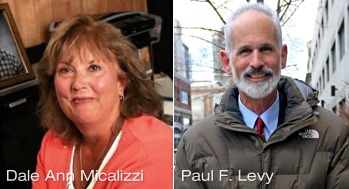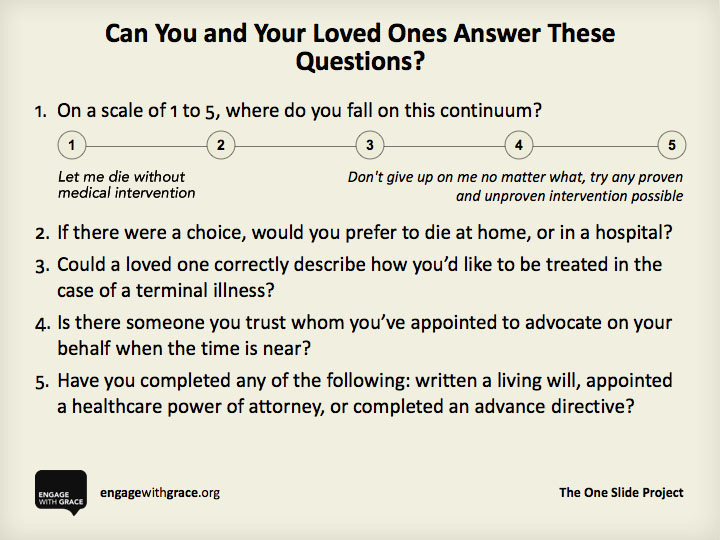I’ve been periodically volunteering my weekend time to help establish an equestrian healing center where the horses help to heal the people. Although I’m not particularly connected to horses, I appreciate them and like to watch them run freely through the fields. It’s the people in this particular volunteer leadership group, however, who “make me tick.”
Over the last twenty or more years, I’ve had several opportunities to meet healers. Now, don’t get all “New Age-y” here and run out of the room screaming. These people are “pure of spirit,” and have no ulterior motives, except to help other people navigate through this sometimes relentlessly unforgiving maze that we call life. There are two doctors, an RN, two equestrian specialists and a couple of administrative types like me who simply believe that mankind is somewhat intellectually challenged, and not always capable of grasping anything that is not black and white or concrete and factual.
Surely, with all of the things that we purport to believe in religiously, it seems incomprehensible to me that we, as a group, have problems giving it up to the fact that our brains, our spirits and our hearts don’t or can’t play a larger role than that assigned to us by our Primary Care Physicians or our big Pharma companies. For the most part, we believe in an after-life, we believe in miracles, we believe in goodness, but we have problems understanding how an Autistic kid on a loving, nurturing horse can be helped. It’s because there have not been enough control groups, double blind studies or scientific documentations to support the theory, and typically those scientific theories are only scientific law until they are proven wrong, and that has happened plenty of times.
The freedom of having been a nonmedical, nonclinical, nonscientific healthcare CEO was that “I really didn’t care what made people get better; just so they got better.” Consequently, if a golden retriever licking your hand or a clown bopping you with a sponge hammer, a violinist, a massage therapist, an acupuncturist, a flower essence or aroma therapy specialist, a reiki master or a visit from your grandchild helped you, it was all good to me. Pick your passion and start to heal.
The only real way to describe this philosophy was “Open” because that’s what it was and is. One of the amazing aspects of the collection of healers that have gathered to lay the groundwork to make this amazing dream operational is that they also believe that there is much more to healing than a pill or seven pills, and they are more than willing to be open to the spirit of healing.
Of course, one of the problems with this type of work is that you have to “let go” to allow things to happen, and if you are too into the discipline of concrete and only proven science, you will not let enough of your guard down to see what can happen. The problem is that we’ve all heard about the quacks who almost religiously rip off naïve people with magic elixirs or spiritual interventions like Whoopi Goldberg called forth in the beginning of the movie “Ghosts,” but our collection of healers is filled with people who are sincere, well-trained, highly-credentialed and, believe it or not, open to understanding what may otherwise be ignored by the scientists or the traditional establishment.
So, on we roll in search of others who believe that there may be ways to help people that have not been used for several decades or centuries where the brain leads itself into healing or where the switch that turned the gene on inappropriately can be coerced into reversing that physically destructive non-decision. Life is a journey, and when I look back at all of the people who were helped because of things that sometimes make no sense to anyone else, my only response is “Yeah, that’s right.” It can happen, and with the help of other believers it will happen.



 He then challenged the other Boston hospitals to do the same. He was accused of self-aggrandizement, egomania, and numerous other witchcraft-like things, but the bottom line was that the number of infections went down, and they went down because the staff and employees wanted to do better and wanted them to go down.
He then challenged the other Boston hospitals to do the same. He was accused of self-aggrandizement, egomania, and numerous other witchcraft-like things, but the bottom line was that the number of infections went down, and they went down because the staff and employees wanted to do better and wanted them to go down.













